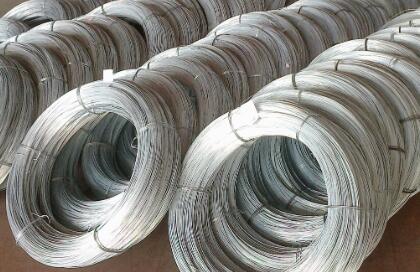Cage Systems for Quail Farming An Overview
Quail farming has gained popularity over the years due to the growing demand for quail meat and eggs, known for their high nutritional value and unique flavor. To maximize production efficiency, many farmers have turned to specialized cage systems. These cages are designed to provide quail with a controlled environment that enhances their growth and well-being. In this article, we will explore the different types of cages used in quail farming and their benefits, as well as the best practices for managing quail in these systems.
Types of Cage Systems
1. Battery Cages Battery cages are widely used in large-scale quail farming. These cages are stacked in rows, allowing for efficient space utilization. Each cage typically houses several quails, providing them with minimal space. The design allows for easy access for feeding and egg collection, which can save time and labor costs. However, one downside is that battery cages can restrict movement, which may lead to stress among the birds.
2. Colony Cages Colony cages are designed to house a larger group of quails, offering more space than battery systems. These cages mimic a more natural environment, allowing quails to exhibit some of their natural behaviors, such as roaming and social interaction. This can lead to healthier birds and potentially higher egg production rates. The open design also makes it easier for farmers to monitor the health and condition of the birds.
3. Multi-Tier Cages Multi-tier cage systems maximize vertical space, stacking cages in multiple levels. This arrangement is ideal for farmers with limited floor space. Each tier can be designed to allow for adequate ventilation and lighting, critical for the well-being of the quails. The multi-tier system facilitates efficient management and can significantly increase production capacity without requiring additional land.
Benefits of Cage Systems
Cage systems for quail farming offer a range of benefits. Primarily, they help in maintaining cleanliness and hygiene. By elevating birds off the ground, cage systems reduce the risk of disease transmission through direct contact with droppings and other contaminants. Moreover, the ease of access allows for more efficient feeding, monitoring, and management of the flock.
Another significant advantage is the controlled environment provided by cage systems. Farmers can efficiently regulate temperature, humidity, and ventilation, ensuring that quails thrive. This controlled setting leads to faster growth rates and better feed conversion ratios compared to traditional free-range systems.
cage for quail farming

Best Practices for Quail Management
To ensure the success of quail farming in cage systems, farmers should adhere to several best practices
- Space Management It’s crucial to provide adequate space per bird to minimize stress and aggression. Overcrowding can lead to health issues and decreased production.
- Feeding and Watering Systems Implement automated feeding and watering systems to maintain a consistent supply of food and water. This not only promotes better growth but also reduces labor intensity.
- Regular Health Checks Conduct routine health assessments to identify and address potential issues before they escalate. Vaccinations and preventive care should be part of the management plan.
- Environmental Control Maintain optimal temperature and humidity levels within the cages. Proper ventilation is crucial to prevent respiratory issues and ensure overall bird well-being.
- Bedding and Cleaning Regularly change bedding materials to minimize odors and control pests. A clean environment is vital for the health of the flock and the quality of the eggs produced.
Conclusion
Cage systems for quail farming offer an efficient and effective way to raise these birds, contributing to increased production and higher quality products. By choosing the right type of cage and implementing best management practices, quail farmers can optimize their operations and meet the growing demand for quail meat and eggs. Careful consideration of the welfare of the birds will not only benefit the animals but also enhance the profitability of quail farming ventures.

















